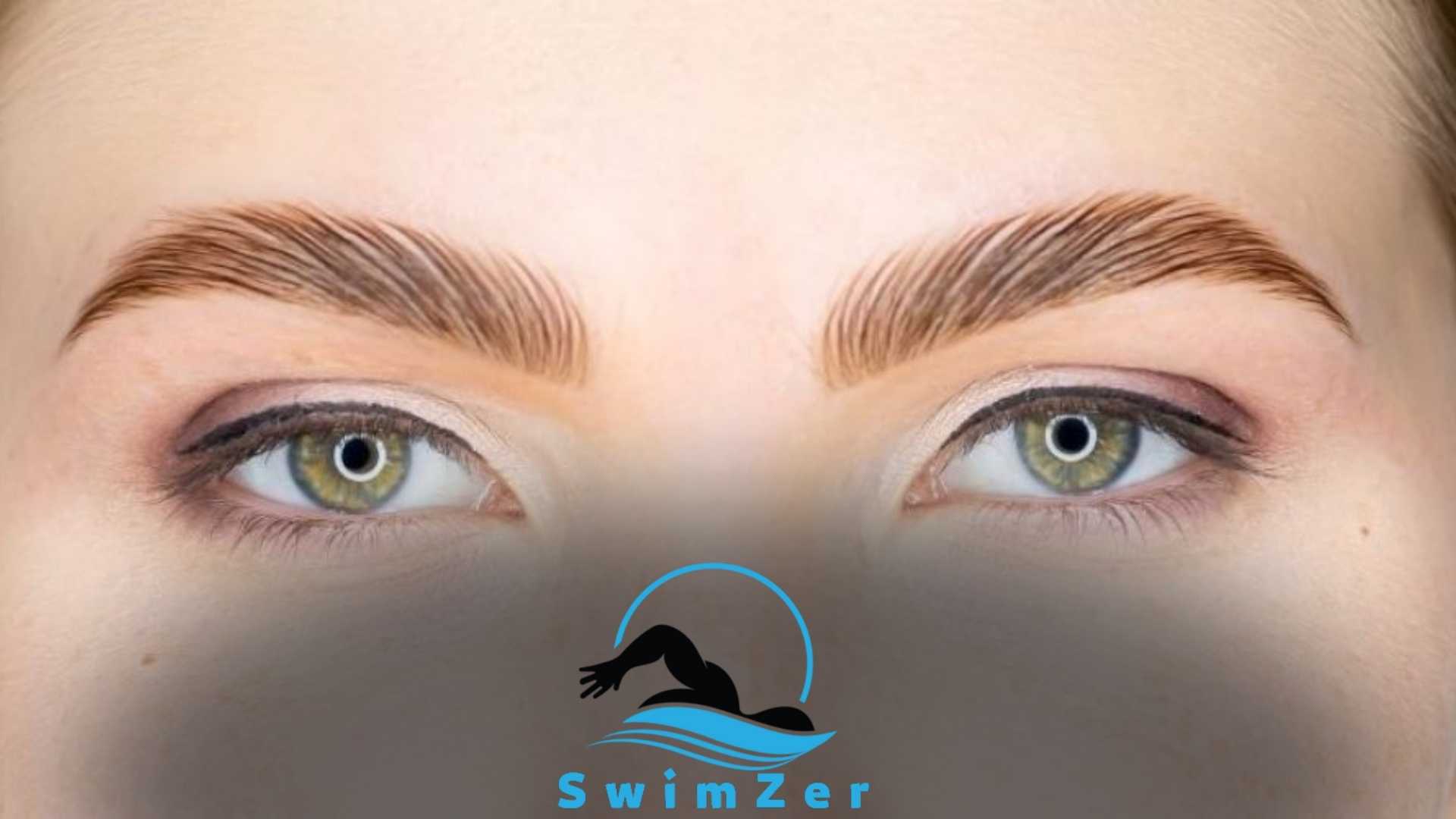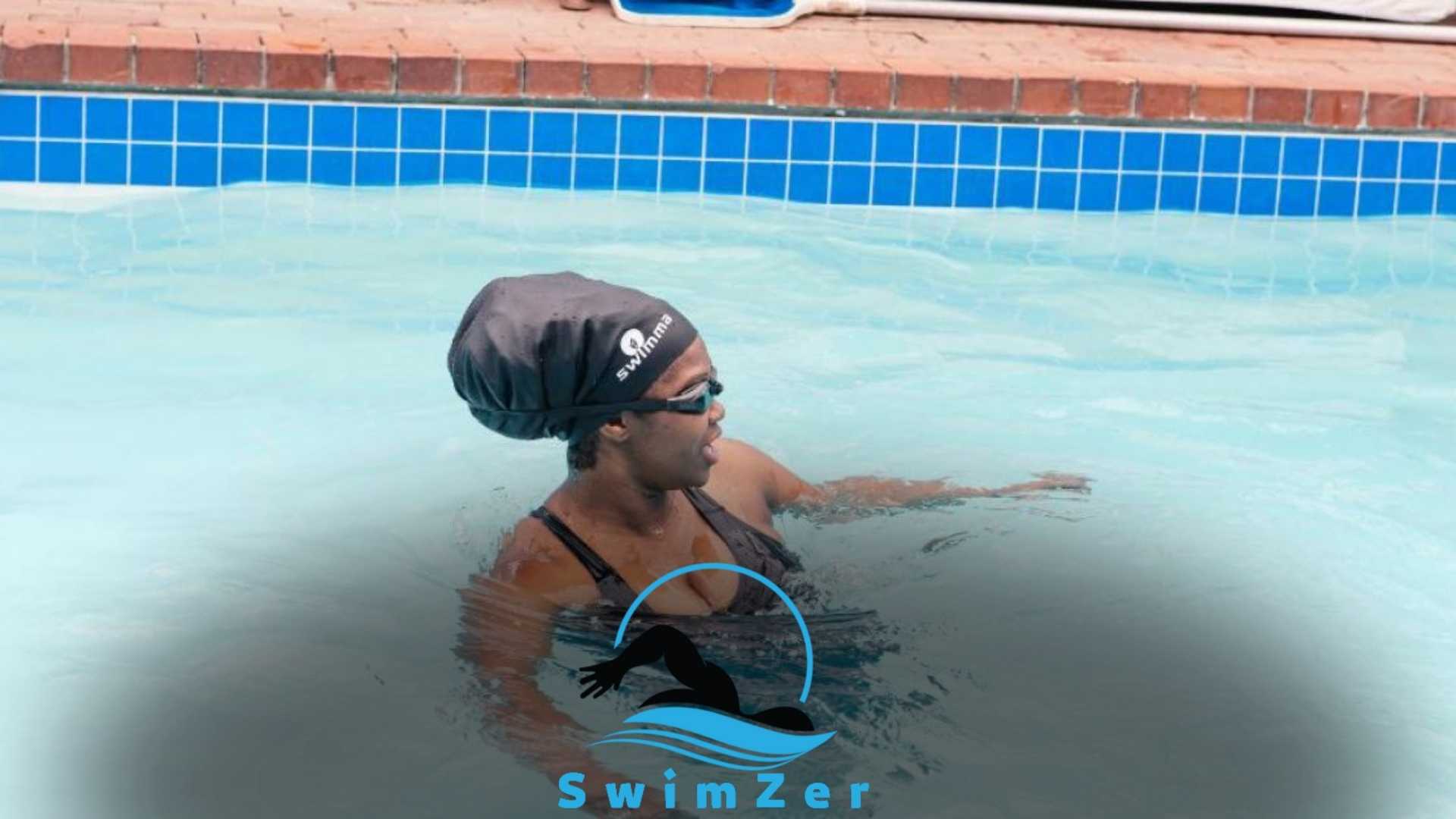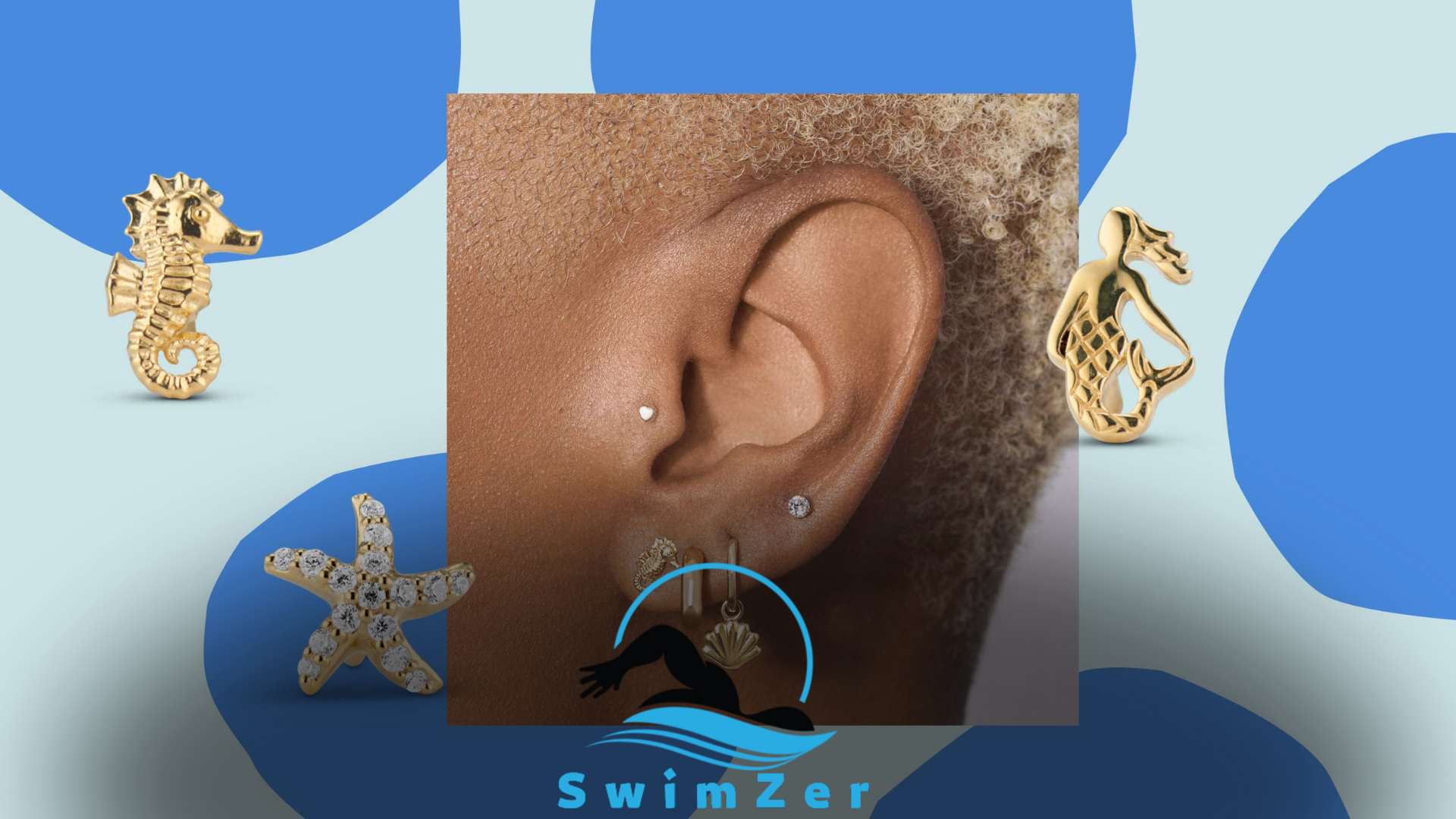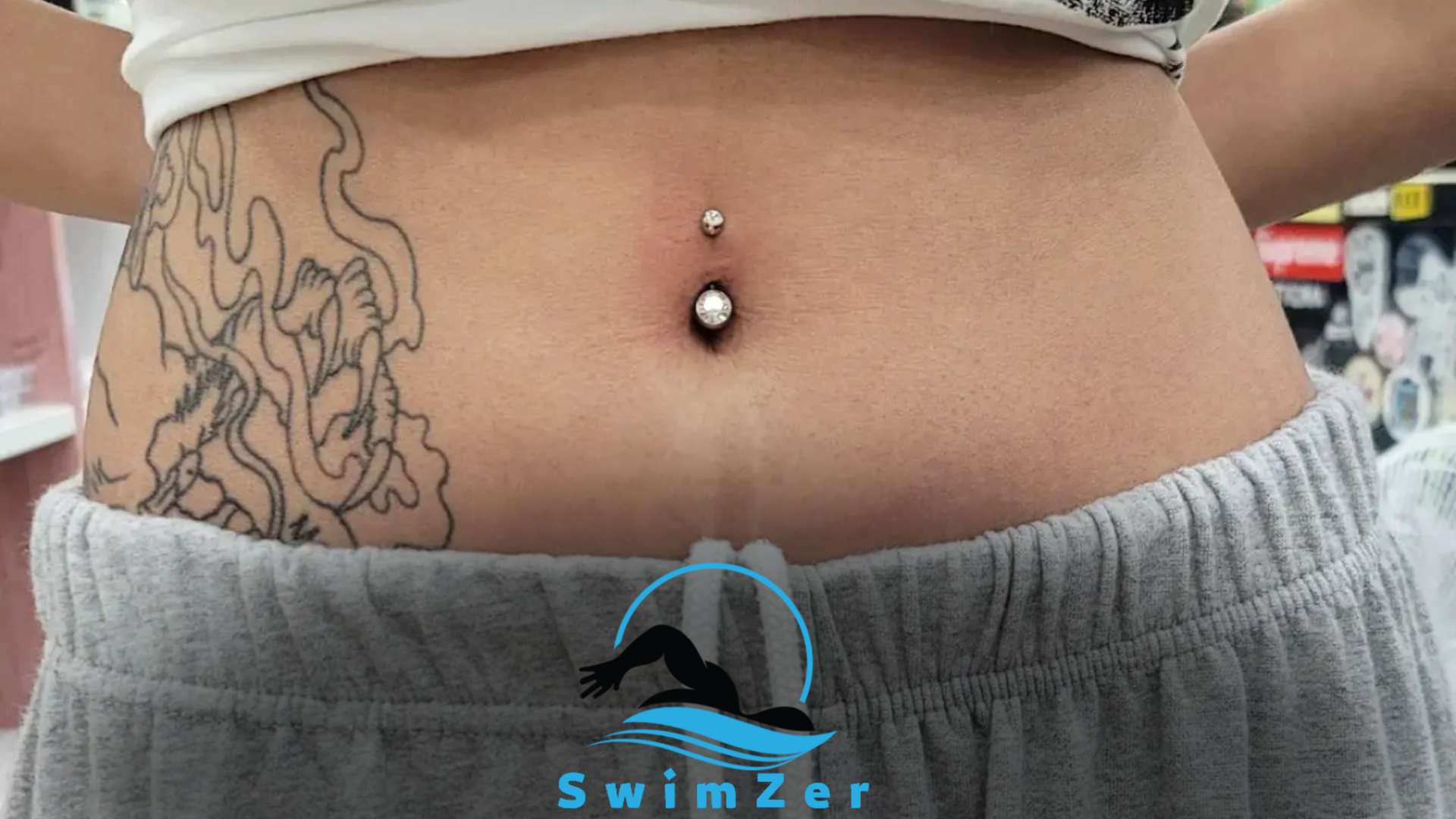It is not recommended to swim with a toe infection. Swimming with a toe infection can put you at risk of spreading the infection to other parts of your body or infecting others.
Additionally, the water can worsen the infection by softening your skin and making it easier for bacteria to enter the wound. If you have a toe infection, avoiding swimming until the infection has healed completely is best.
Instead, focus on properly caring for the infection by keeping the affected area clean, dry, and covered.
Seeking medical attention can also help ensure proper treatment and prevent further complications. Remember, it is better to be safe than sorry about infections.
Understanding Toe Infection and Its Causes
Toe infections are a common problem that can affect anyone at any age. In general, there are three main types of toe infections, including fungal, bacterial, and viral infections.
Symptoms can include redness, swelling, pain, and discharge. Some common causes of toe infections include injury, poor hygiene, and immune system disorders.
Warm, moist environments, such as the inside of a shoe, often cause fungal infections. If untreated, toe infections can lead to serious complications, such as osteomyelitis or sepsis. If you suspect that you have a toe infection, it is important to seek medical attention right away.
Your doctor can help you determine the cause of your infection and recommend appropriate treatment options.
While swimming with a toe infection requires caution, it’s also essential to know the guidelines when you have other injuries. For instance, if you have an open wound, understand the precautions for swimming with an open wound to avoid complications.
Impact of Toe Infection on Swimming
Swimming is a low-impact workout that benefits overall fitness, but risks are involved when you have toe infections. Bacteria, fungi, and viruses may live in the water, exposing you to infections.
Contracting an infection may lead to consequences like fever, inflammation, and pain.
Taking safety measures while swimming with an infected toe is essential, such as wearing water shoes and avoiding hot tubs, chlorine swimming pools, and salt-water bodies that irritate the wound.
Be aware of the symptoms of infection, including redness, swelling, pain, and warm skin.
Avoid exposing the infected toe to the water, especially if it’s bleeding or has an open sore. Swimming with a toe infection can be dangerous, causing severe consequences, but with caution, swimming with little risk to your health is possible.
Diagnosis of Toe Infection
Identifying a toe infection can be challenging, given the symptoms can mimic other conditions. Some typical signs include redness, swelling, pain, and a warm sensation around the affected area.
Consulting a doctor is the best option, particularly in severe cases.
Diagnosing it is relatively easy and might involve a physical exam, lab tests, or X-rays. Once diagnosed, ruling out potential complications is essential.
Left untreated, an infection could spread to other body parts, leading to additional medical problems.
With proper care and medication, though, you may be able to resume swimming or other activities in no time, although the process varies from case to case.
Infections can be a concern when considering a swim. If you’re worried about more severe infections, learn about the risks of swimming with a staph infection and how to stay safe.
Treatment for Toe Infection
Toe infections can be a frustrating experience for swimmers. If a toe infection is not treated promptly, it can cause discomfort and pain. Fortunately, there are several treatments to relieve the symptoms of an infected toe.
Medication, including antibiotics, can be used to fight off the bacteria causing the infection.
Antibiotic therapy can be a good option for those with a bacterial infection. Surgical intervention may be necessary in severe cases. Your doctor can drain an abscess or remove the nail if needed.
Natural remedies, such as saltwater soaks or tea tree oil, can also effectively treat toe infections.
Regardless of the treatment option, it is important to consult with a healthcare professional before attempting any treatment at home.
From toe infections to medical devices, swimming with certain conditions or equipment requires careful consideration. For those with medical devices, it’s crucial to know the guidelines for swimming with a Foley catheter to ensure safety.
Frequently Asked Questions
Can You Swim With a Toe Infection?
Swimming with a toe infection is not recommended as it can worsen the condition. The bacteria present in the water can infect the wound and lead to further complications.
How Do You Treat a Toe Infection?
The treatment for a toe infection depends on the severity of the case. Mild infections can be treated with antibiotics and home remedies, while severe cases may need medical attention and surgery.
What Causes a Toe Infection?
A toe infection is usually caused by bacterial or fungal growth in an open wound or cut on the toe. It can also result from ingrown toenails, blisters, or other injuries that allow bacteria to enter the skin.
How Can You Prevent a Toe Infection?
To prevent a toe infection, maintain foot hygiene by washing your feet thoroughly and keeping them dry. Wear comfortable and properly fitting shoes, avoid sharing personal items like nail clippers, and avoid walking barefoot in public areas.
When Should You See a Doctor for a Toe Infection?
You should consult a doctor immediately if you experience symptoms like redness, swelling, pus discharge, fever, or intense pain. Delaying medical attention can lead to serious complications and affect your overall health.
Can a Toe Infection Spread to Other Parts of the Body?
A toe infection can spread to other body parts if left untreated. It can lead to cellulitis, a bacterial skin infection that can spread rapidly and cause severe complications. Seek medical attention at the first sign of an infection.
Conclusion
After examining the question “Can you swim with a toe infection,” the answer is not a straightforward yes or no. Swimming with a toe infection can lead to various complications, including further infection and the spreading of the bacteria.
However, swimming in pools treated with chlorine can benefit some infections.
It is best to consult a doctor before swimming with a toe infection. To avoid getting an infection, it is essential to keep your feet clean and dry, wear protective shoes in public showers and swimming areas, and treat any cuts or scratches immediately.
Remember, it is crucial to prioritize your health over pleasure and wait until your toe infection has healed before you take a dip in the pool.


















